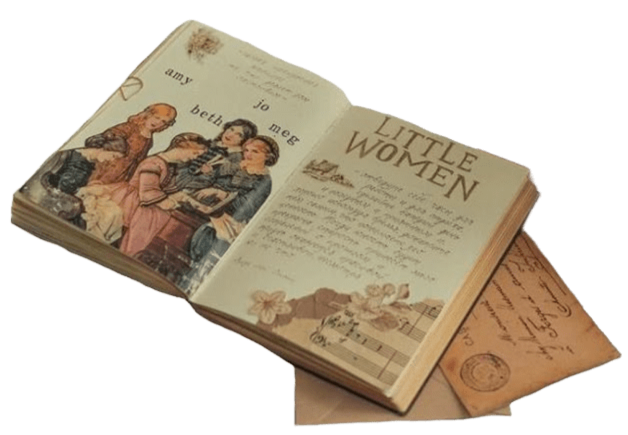How to Write Stronger Novel Openings
A Developmental Editor’s Checklist to Hook Agents, Editors, and Readers From Line One
Understand the Job of Your First Scene
Agents and editors receive hundreds of submissions a month. Most make a decision within the first page, often the first paragraph. Because they’ve learned to recognize something crucial:
A strong opening proves the writer understands storytelling.
And if nothing irrevocable happens on page one, you’re not storytelling, you’re warming up.
The job of the first scene is to give the reader (including agents and editors) a reason to turn the page — and proving, from the start, that you’re worth their time.
The four Elements of a Page-One Scene
By the end of your first 2-3 pages, a literary agent or an editor should already sense that:
There’s movement. The story has already started. Something is happening or about to.
There’s pressure. The character is off balance. There’s a gap between what they want and what’s happening.
There’s a reason to care. Even if we’ve just met the character, we sense emotion, curiosity, or a contradiction.
There’s voice. The writing isn’t actively trying to impress the reader.
The 5-Part Checklist for Strong Openings
The Hook Moment
Is there a moment of surprise, tension, or disruption?
Does the first paragraph create curiosity or emotional pull?
If your opening feels like “warm-up,” it probably is.
2. Active Now
Are we present in a scene — not in backstory or summary?
Does the character interact with their world in real time?
Avoid reflections, dreams, flashbacks, or memories before we’re invested.
3. Character Clarity
Can we answer who is this, what do they want, and what just happened?
Is their age, gender, worldview, or goal hinted at within the first few paragraphs?
Hints and context, not the whole biography!
4. Emotional Charge
Is the character feeling something — and are we drawn to feel it too?
Does the tone, conflict, or language create emotional engagement?
The reader must feel before they fully understand.
5. The Invisible Thread
Is there a hint of a deeper story problem — a question that will take the entire book to answer?
Can we already guess what might be at stake for the character?
Red-Flag Openers to Delete Tonight
Overwriting: Starting with beautiful prose and not enough clarity or action.
Dreams & Fake-Outs: Beginning with action that turns out not to matter.
Alarm-Clock Scenes: A character waking up, getting dressed, making coffee.
Backstory Dumps: Anything that sounds like “Little did she know…”
Disembodied Dialogue: Talking heads before we know who or where we are.
Weather Reports: Unless a tornado is about to flatten the barn, cut it.
Prologue Clichés: Mysterious epilogues or violence that has nothing to do with the story question.
If your draft opens with any of these, hit delete or relocate to chapter two.
Next Steps
If you want to see if your opening grabs a reader from the first line, contact me here.
Send me your first 1000 words, and I’ll give you a free sample edit so you can see exactly what’s working and what’s holding you back.
Marie Cela is a developmental editor who loves helping writers turn good stories into unforgettable ones. With a background in screenwriting and literary psychology, she brings both rigor and creativity to her work, digging deep into character arcs, themes, and structure while keeping the author’s own vision at the center.
She especially enjoys working with character-driven fiction and historical settings. Marie believes editing is all about collaboration and giving writers the confidence to tell the stories only they can tell.
